JAC JS3: What are the advantages of this Chinese crossover for 1.6 million rubles?
Published: by .
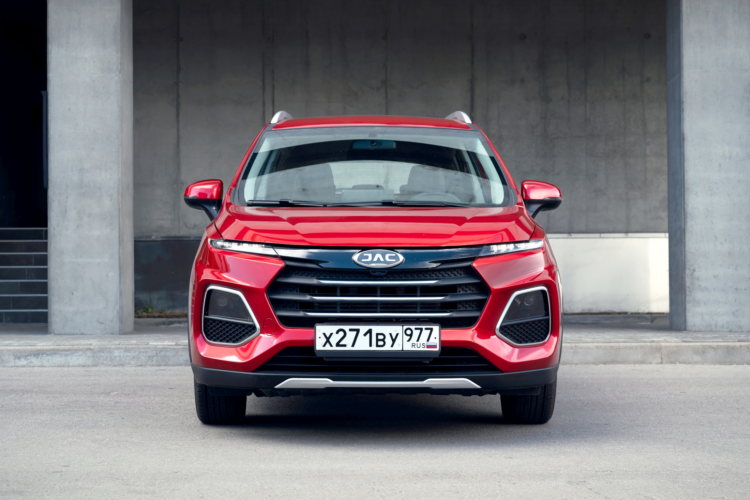
The JAC JS3 was unveiled at the Shanghai Auto Show in 2013 under the name Heyue S30, and has since been updated several times. Sales of the 2019 restyled version began in Russia in 2023. Compared to its predecessor, the crossover features more modern halogen headlights, stylish LED daytime running lights, and a redesigned rear end with a spoiler on the tailgate and a diffuser-like design in the rear bumper. In terms of external dimensions, the test vehicle is similar to the Hyundai Creta, Chery Tiggo 4 Pro, and Belgee X50. It measures 4,345 mm in length, 1,765 mm in width, and 1,640 mm in height, with a 2,560 mm wheelbase and an impressive 600 liter trunk (from the false floor to the roof).
The Italian connection
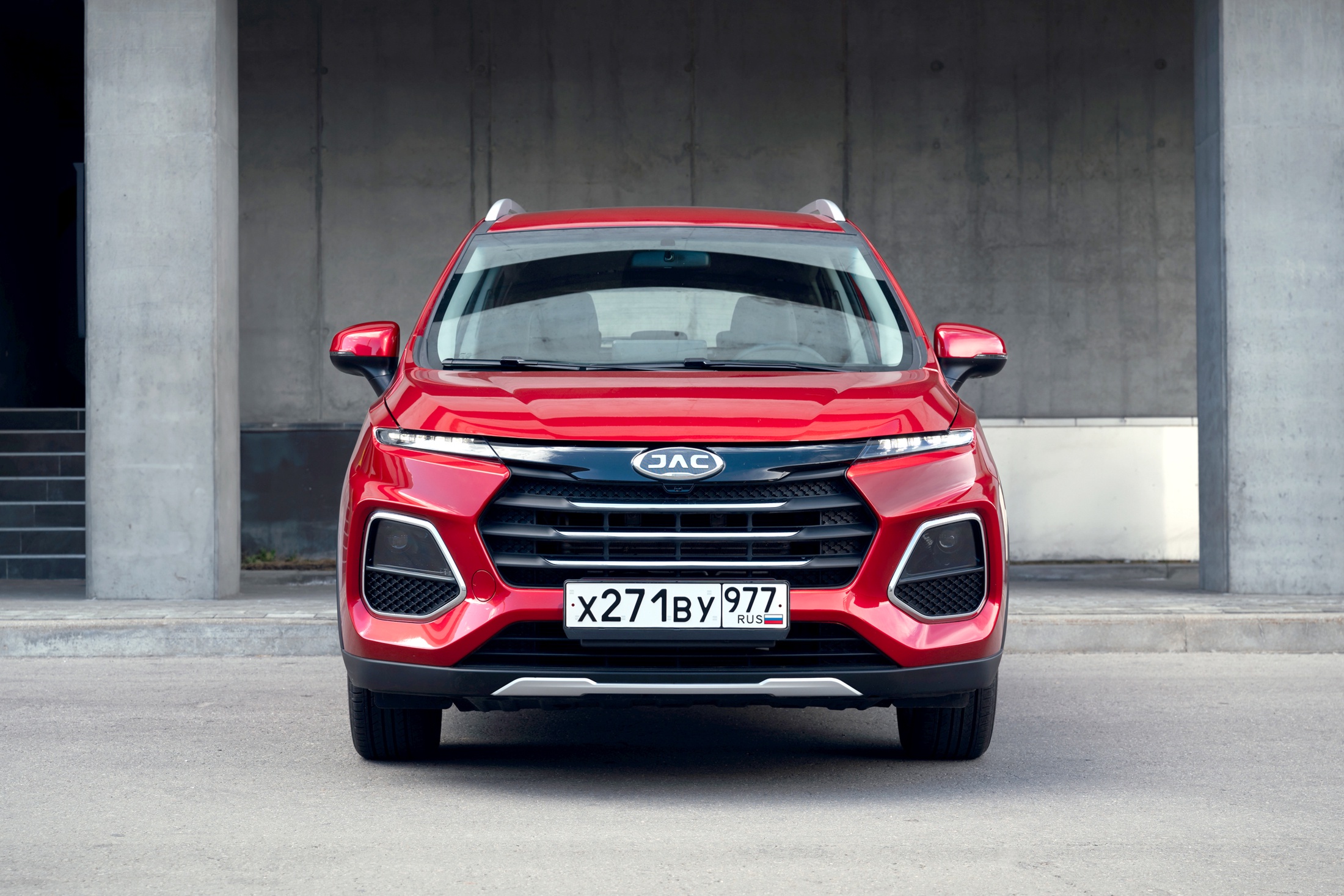
Photo: JAC Press Service
The JS3's form factor is more reminiscent of a minivan than a crossover. It immediately brings to mind associations with the Nissan Note and Chevrolet Rezzo. This is primarily how it differs from the slightly larger Moskvich 3 SUV, an evolution of the Chinese JAC JS4, which is not officially sold in Russia.
The "troika" also boasts a successful design, assisted by the Italian stylists from JAC Italy Design Center. However, the JS3's appearance is, arguably, global, combining elements of European and Asian style. Its appearance is virtually unthreatening, while its large glass area, large, free-standing exterior mirrors, protective plastic body kit, roof rails, and small wheels (maximum 16 inches) highlight its family-oriented nature.
In terms of layout, the JS3 has both pros and cons. For example, the side doors are wide, but the opening angle of the front doors could be wider. However, the front doors incorporate additional quarter windows (in front of the A-pillars), improving forward and side visibility. The doors also feel very light, suggesting that the car hasn't skimped on soundproofing. The soundproofing, however, isn't all that bad. At high speeds, the cabin is noticeably quieter than, for example, the well-known budget cars in Russia, such as the Renault Logan and Sandero.
The luggage compartment is a significant asset. We appreciate its generous volume, the moderately prominent wheel arches, the light on the left wall, and the spacious underfloor compartment with a spare tire and tools. However, we do find the rather large step created when folding the split bench seat disappointing, as well as the lack of any side compartments, nets, or other storage devices. And the gaping hole under the cover on the right wall of the compartment, where a 12V outlet should be, looks odd.
Modesty and comfort
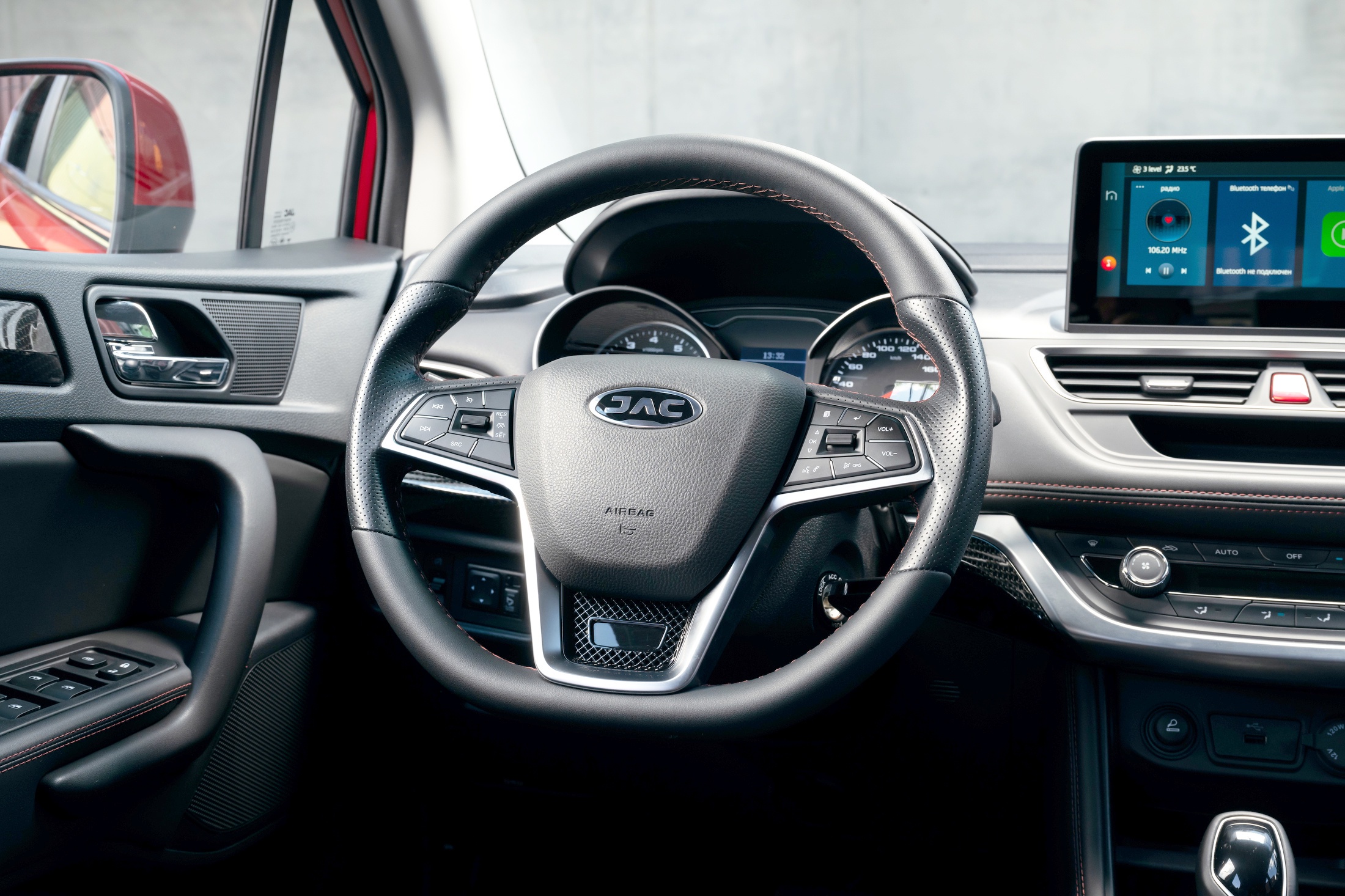
Photo: JAC Press Service
The driver's area could be called a museum of analog solutions, were it not for the large 10.25-inch touchscreen dominating the center console. The latter, incidentally, boasts pleasing graphics, acceptable performance, and a comprehensive set of features. For example, you can monitor tire pressure, watch videos, and connect electronic devices, including via Apple CarPlay and Android Auto.
The informative rearview camera with dynamic trajectory guidance also deserves praise. Physical buttons control the climate control, engage winter transmission mode, and deactivate the ESP. The steering wheel spokes are also dotted with buttons. These include controls for the radio, passive cruise control, and access to the on-board computer information, which is fully accessible, albeit only when the car is stationary.
At the same time, it's a shame that this analog richness, which classic lovers will certainly appreciate, is overshadowed by a resounding note of budget. My biggest complaint was that the seemingly capacious pocket under the center console doesn't accommodate a large smartphone. Even with the shelf separating this niche removed, a large phablet barely fits, and only diagonally. Furthermore, the ERA-GLONASS system buttons look out of place at the bottom of this niche. Even more disappointing is the lack of heated seats for both the front and rear seats—an unfortunate marketing oversight.
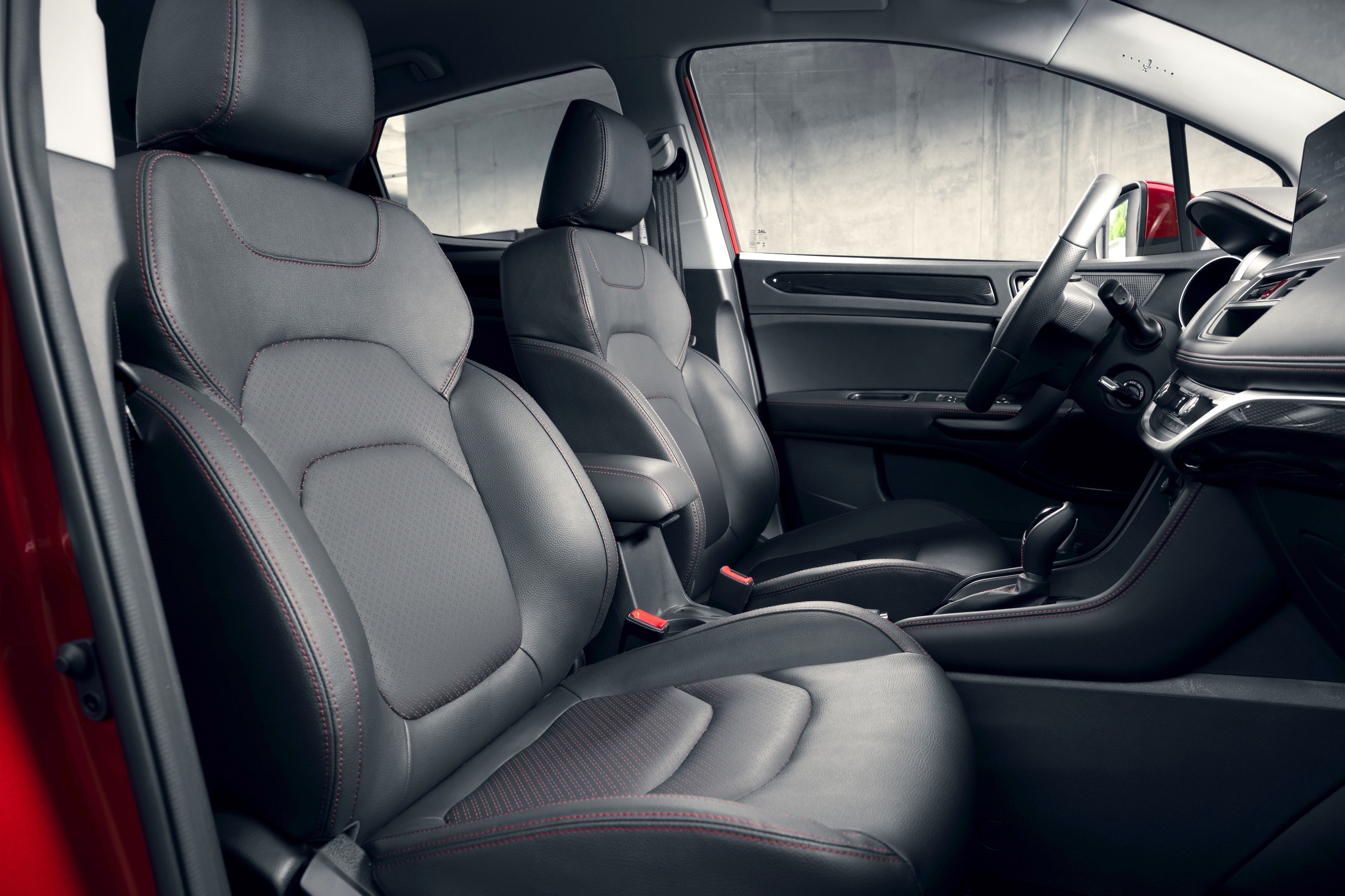
Photo: JAC Press Service
The seats are generally decent, featuring only manual adjustments and a bit short in cushions. They're nevertheless comfortable, and don't tire you out on the road. Taller drivers may complain that the steering wheel only adjusts for tilt, and that the top section of the steering wheel partially obscures the otherwise easily readable analog instrument cluster.
The old-school design is completed by a "poker" handbrake and an engine that starts with a good old-fashioned key with a folding blade rather than a pushbutton. On the plus side, we'll list the rather high-quality trim with eco-leather inserts, numerous storage compartments, cup holders, and an eyeglass holder in place of the driver's grab handle above the roof. It's also great that the second row is surprisingly spacious, with roomy pockets in the backs of the front seats, a folding armrest, and, like the front row, a lone USB port. Unfortunately, the rear seats lack adjustable air vents.
How does he drive?
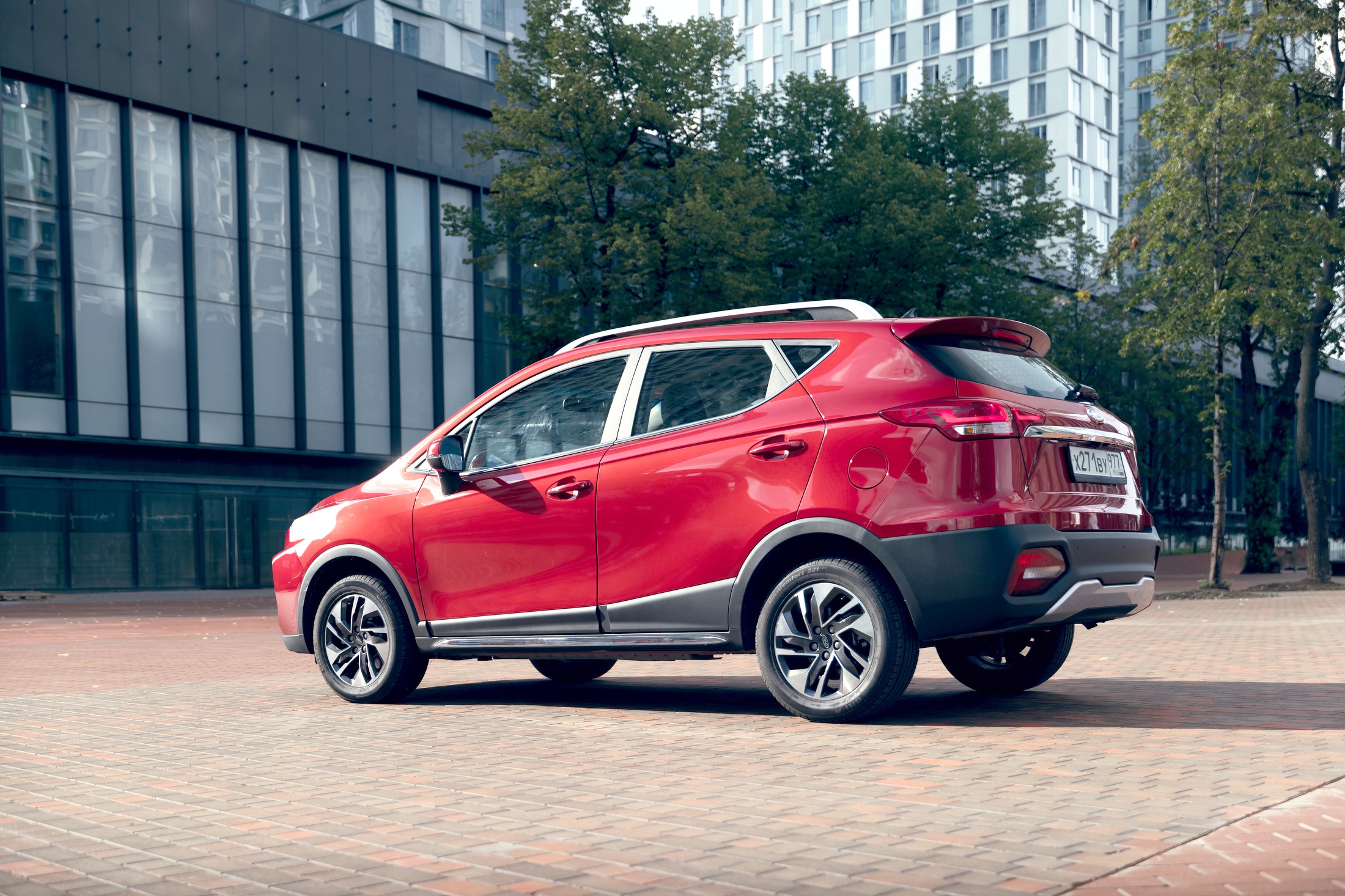
Photo: JAC Press Service
The JS3 is available in the most affordable trim level with a 6-speed manual transmission. However, our test vehicle was the more expensive version with the Punch continuously variable transmission. The only engine available is a 1.6-liter naturally aspirated gasoline engine, producing a modest 109 hp and 150 Nm by today's standards. Again, the drivetrain is front-wheel drive only, the rear suspension is semi-independent, and the rated ground clearance is only 155 mm—further indication that this is not an SUV, but a compact van.
From the first few meters behind the wheel, it becomes clear that this car is designed for a relaxed drive from point A to point B. The throttle response in the default Drive mode is so subdued that an active driver would almost certainly be disheartened. Fortunately, however, this stolidity can be cured by moving the transmission selector to the right—this simultaneously activates manual and Sport modes. After this manipulation, the CVT becomes much more willing to downshift, and throttle response becomes significantly sharper. I wouldn't be surprised if many people drive in city traffic in Sport mode, since fuel consumption (let's assume, including AI-92) even in this mode doesn't exceed 10 liters per 100 km in the combined cycle. However, I found it more convenient to switch to Sport mode before each significant acceleration, and then return the selector to Drive after completing the maneuver. Fuel consumption with this design does not exceed 7-8 liters per 100 km, which is also one of the JS3's advantages.
Surprisingly, this low-power crossover accelerates quite well on the highway. Delivering a powerful acceleration from 100 to 130 km/h is no problem for this combination! And here another key advantage of this car comes into play: it's perfect for trips to the countryside and long journeys. The steering wheel provides ample feedback, and the effort doesn't feel artificial, despite the electric power steering. The suspension is comfortable yet composed. The car doesn't wander, it follows its course precisely both on straight roads and in busy corners, and lateral roll and vertical pitch are more moderate. The price for the tightly tuned chassis is the suspension's overly detailed response to minor road imperfections. Finally, this car has well-tuned brakes—another important contribution to ride comfort and safety.
What is the price
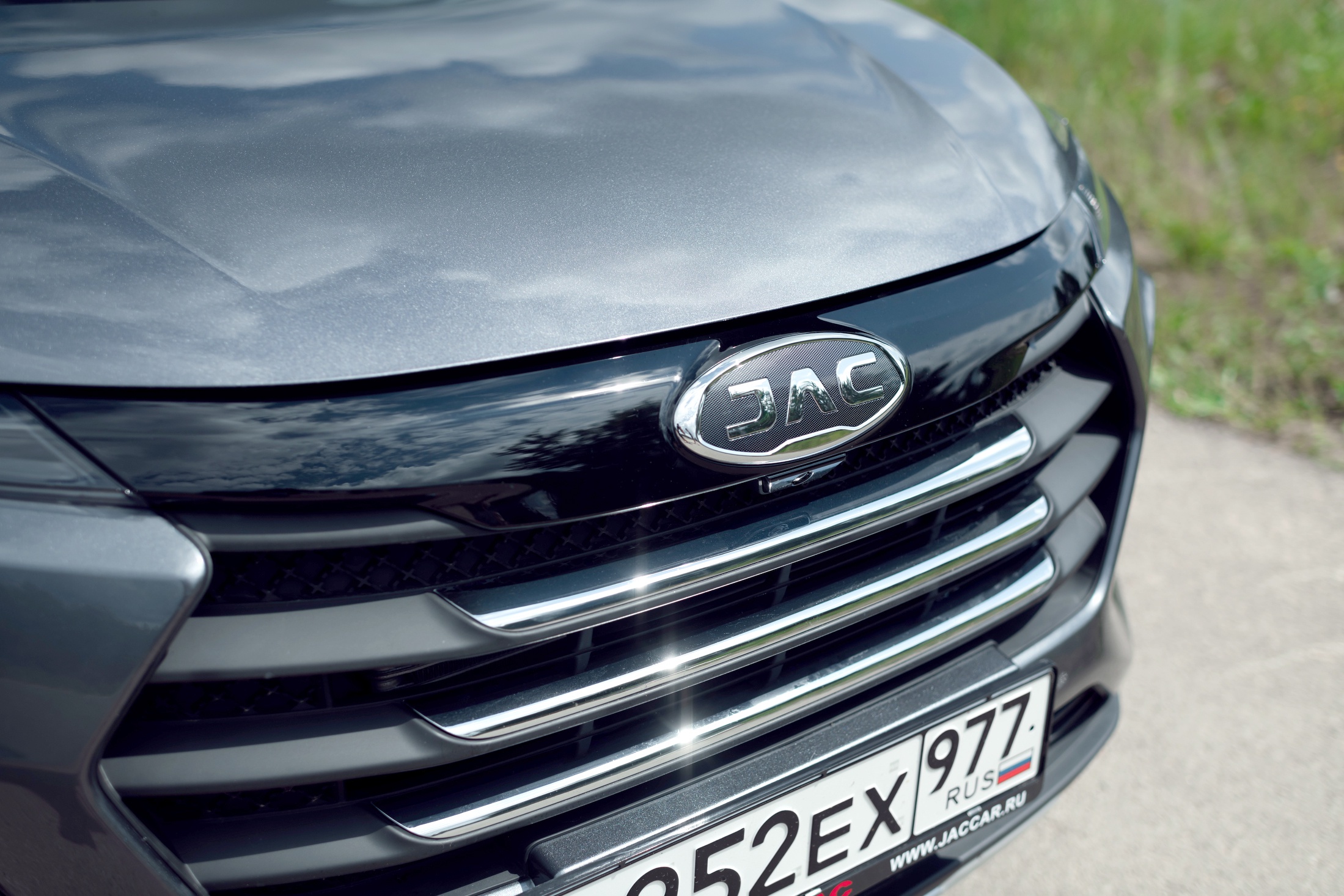
Photo: JAC Press Service
So, what's the bottom line? The JS3 is hardly a dream car. However, this model has many strong points that will surely appeal to practical drivers and large families with modest incomes.
In fact, the "troika" is currently one of the most affordable SUVs on the market. Judge for yourself: a manual transmission version can be purchased today for 1,889,000 rubles, excluding generous special offers. If you're looking to save as much as possible, it makes sense to buy a last-year model and take advantage of the maximum benefits offered by the trade-in, financing, and special offer. In this case, the price could drop to a more than tempting 1,589,000 rubles. And the price, even with all the benefits, for a 2023 model looks like a real bargain. Dealers are willing to sell it (at least on paper) for 1,449,000 rubles.
A car with a CVT will cost just 100,000 rubles more. And that's not even the price of a Lada Vesta, but rather a Lada Iskra with a top-of-the-line CVT. Something to think about.
Comments